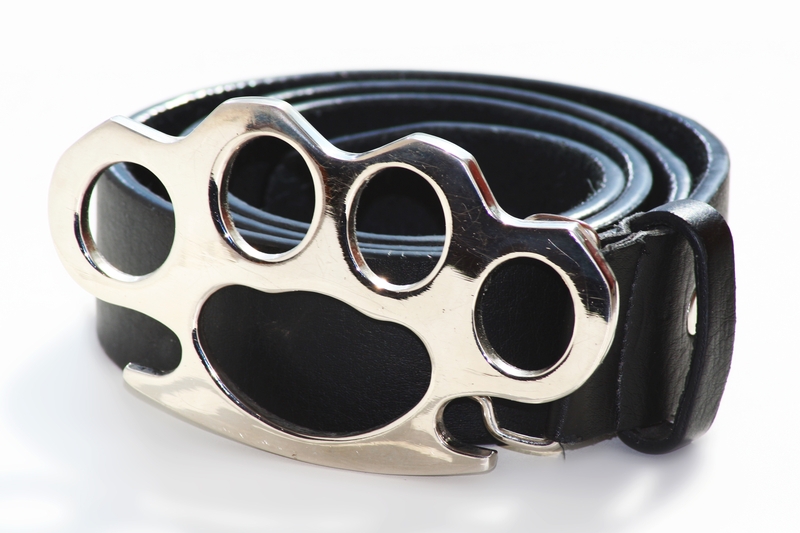 Adrian John Walle shot and killed Jeffrey Shuckburgh. He was standing about five feet away from him when he shot him. The bullet pierced Shuckburgh’s heart.
Adrian John Walle shot and killed Jeffrey Shuckburgh. He was standing about five feet away from him when he shot him. The bullet pierced Shuckburgh’s heart.
Walle was convicted (at a second trial) in a judge alone trial by Hart J of second-degree murder. He appealed unsuccessfully to the Alberta Court of Appeal. On appeal to the Supreme Court he argued that the trial judge erred in considering the impact of intoxication or his mental capacity on the issue of the common sense inference and his foresight of the consequences of his actions. The Supreme Court dismissed the appeal: 2012 SCC 41.







